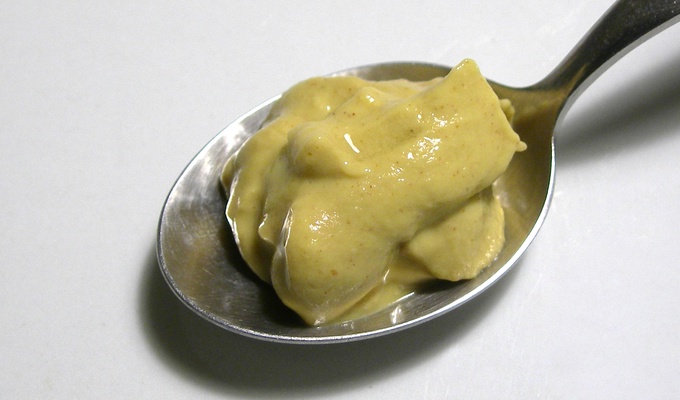Dijon mustard is a traditional mustard of France, named after the town of Dijon in Burgundy, France, which was the center of mustard making in the late Middle Ages and was granted exclusive rights in France in the 17th century.
First used in 1336 for the table of King Philip VI, it assumed its current form in 1856 when Jean Naigeon of Dijon replaced the vinegar usually used in prepared mustard with verjuice, the acidic juice of unripe grapes.
The main ingredients of the modern condiment are brown mustard seeds (Brassica juncea) and a mixture of white wine, vinegar, water, and salt designed to imitate the original verjuice. It can be used as an accompaniment to all meats in its usual form as a paste, or it can be mixed with other ingredients to make a sauce.
